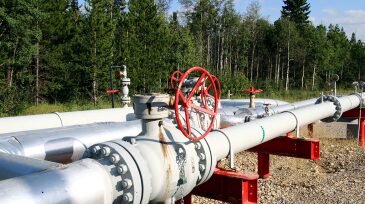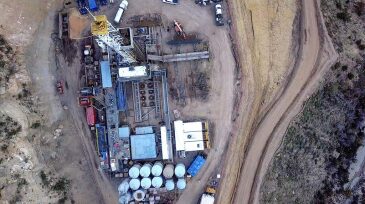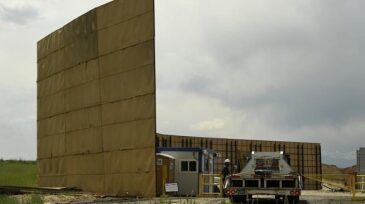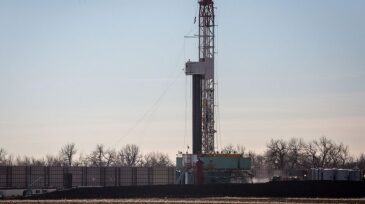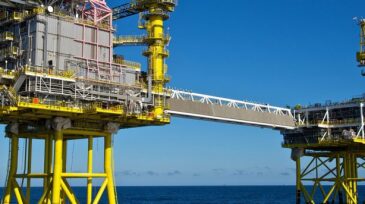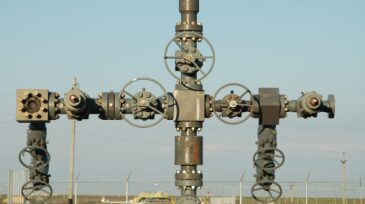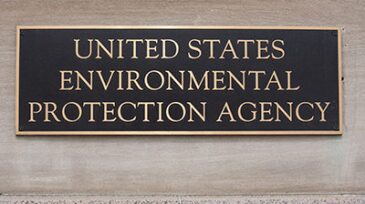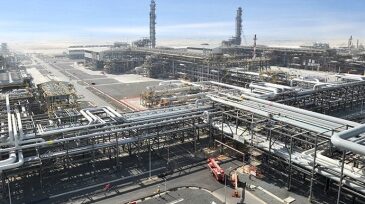emissions
-
Its reward for years of struggling to adapt to low prices and weak demand for its oil and gas has been an epic crash. Canadians selling change say it is time to consider possibilities that seemed inconceivable in the past.
-
As studies point to increased emissions, ExxonMobil is stepping up efforts to detect and mitigate methane release.
-
BP says it is firmly committed to achieving the ambitious target of net-zero greenhouse gas emissions over the next 30 years—even if that means producing less oil and gas.
-
In an effort to prove oil and gas developments are not as big a contributor to the Front Range’s diminishing air quality, Crestone Peak Resources announced it will install air quality monitors at all of its horizontal hydraulic fracturing sites throughout the state.
-
Colorado has released a long-awaited 380-page report on the health effects of oil and gas operations in the state. The science is complicated, though, as are the unfolding responses from state regulators and oil and gas companies.
-
The signed framework agreement would have GHGSat use its satellite-based sensors to monitor greenhouse gases coming from select Shell facilities.
-
The UK’s leading oil and gas industry body says the industry can reduce emissions while meeting the region’s energy demand.
-
More than 60 producers participate in the program designed to reduce wellsite emissions.
-
The US Environmental Protection Agency recently finalized a voluntary disclosure program for new owners of upstream oil and gas facilities designed to encourage them to find, correct, and self-report violations of the Clean Air Act, in particular those associated with emissions from storage vessels.
-
Working to lower sulfur dioxide and carbon monoxide emissions is beneficial from an environmental point of view, but it is not free. In fact, it comes with a substantial cost increase. This paper explores options for emission reduction at ADNOC’s Habshan gas-processing plant along with their costs.

